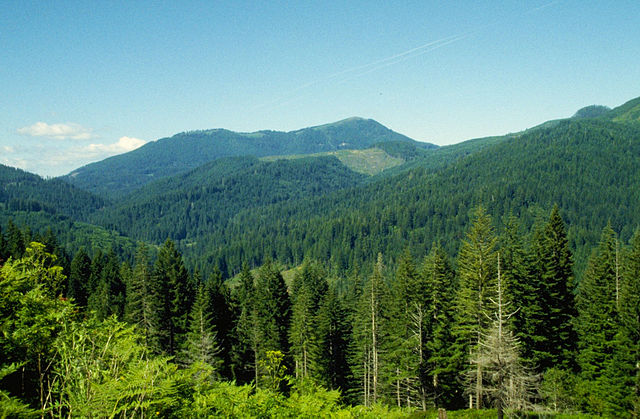Hello darlings! Lately I've been blogging a lot about ecology and parenting since it's a matter really close to my heart. As a family we try to be respectful and environmentally responsible to everything we do. That also involves our house and everything we put in that.
With environmental impact at the forefront of most people minds nowadays when designing a home it is only understandable to be concerned about how environmentally friendly your floor is. A common misconception about wood flooring is that it is actually damaging to the environment and that it contributes to deforestation. The truth is that wood flooring is actually much kinder to the environment than you may have previously thought.
Carbon Footprint
The main reason people think that woodfloors are damaging to the environment is because it is often considered that it takes a lot of energy to create. However, something people are often unaware of is that wood flooring takes fives times less energy to produce than one ton of cement does. If you’re looking to further reduce your carbon footprint something to consider would be ordering a floor that is either sourced in the UK or a close neighboring country. This will make the travel emissions created to deliver your floor significantly less.
Renewable Resource
Wood is a renewable resource which means that it can be continuously reproduced. As previously mentioned, the most common misconception of wood flooring is that it contributes to deforestation. With modern progression however and the introduction of responsible forestry management this now means that trees that are used for things such as flooring for example are immediately replaced. Because of this the number of trees remains at a constant number. One of the benefits of this is that the older trees that are used for manufacturing are replaced with younger trees that are actually more beneficial for the environment. Younger trees are able to absorb more carbon dioxide and therefore produce more oxygen which improves the atmospheric output of the forest.
Most Sustainable Floors
Although all wood floors are considered environmentally friendly, there are defiantly some species that are more sustainable than others. Bamboo for example rapidly renews and regenerates typically within as little as three to five years. Bamboo definitely holds it own against other solid wood floors like oak in both longevity and durability meaning you won’t be skipping out on quality. Another wood material that has an eco-friendly edge is cork. Cork, similar to bamboo, regenerates quickly compared to others and take typically ten years to replenish making it one of the faster materials to regenerate. Some cork floors go the extra mile and use recycled wine corks in their construction to give them an additional sense of sustainability.
Wood floors are a long-term investment that pays itself off through the many years of quality and strength it will provide you with. Other flooring materials such as carpets would need replacing more than once in your lifetime. This will contribute to environment damage by the continuous manufacturing that is needed since the life of a carpet is significantly shorter. Unlike a carpet, a wood floor will improve the air quality in your home too. Wood floors do not harbor dust or allergens which means they are not only a stylish and sustainable, they are also kinder to your own home.
They are also much more kid friendlier then I thought before I had my daughter. She loves to walk in all fours on the kitchen floor and the wood is not as hard on her head when she falls, as other surfaces like tiles or marble.
Lot's of love
This is a sponsored post in partnership with Luxury Floors and Furnishings. All opinions are mine. Read my full disclosure here.


